Climbing to new heights.
Dragon’s Dogma: Dark Arisen, was a title I wish I had given more time to. I recall climbing large imposing foes and hacking away at them, all in a world that was spacious and enticing to explore. Still, I never really gave it a fair shake, falling off of it just a few hours in. With the long-awaited sequel now out, I’ve seen this adventure through to its true ending, a feat that actually made the game considerably better, especially since the first few hours were pretty rough.
While the game won't initially title itself as Dragon’s Dogma 2, this latest installment of the series takes place in a parallel world of the original, for reasons that are never really explained. This world plays to the same rules as the original with a very similar adventure, both built around the Arisen, a special individual that can control beings called pawns that only live to serve them. While Dragon’s Dogma 2’s narrative is about circumventing that power and attempting to break its cycle, the bulk of its story is built around one simple concept: identity theft. Yup, while you begin the game as the one true Arisen, albeit with no memory of who you are, the Kingdom nonetheless serves a man who by all accounts claims to be that one true Arisen.
Right off the bat, you'll create your Arisen and your main pawn, a companion that will be with you on your adventure. While Dragon's Dogma II doesn't feature co-op, your main pawn can be recruited by other players, imbuing them with quest details and knowledge of the game's world upon their return. It's a fantastic concept, especially as you'll constantly recruit other player's pawns to flesh out your team of four. The creation tools on deck are incredible, allowing you to recreate nearly anyone you can think of. My initial playthrough saw me adventuring with a pawn fashioned after Shadowheart from Baldur's Gate III, complete with a voice that actually sounded fairly similar. While pawns don't share in all the vocations you can choose as your own, you'll easily construct your team to fill in particular roles to balance out your abilities.
As you approach your Kingdom in the game’s opening hours, you’ll meet an individual who knows your true identity, putting together a plan to see the imposter removed from the throne. What follows is you acting on that plan and you’ll do this by exploring the land with your pawns. You’ll explore outside the walls of your Kingdom, towards lands both filled with forests and sand, all in an effort to reclaim your title. While there are political machinations and elements of intrigue and some good ol’ character work, I found the bulk of that actual story to feel barely there at times, often a story that just didn't keep my interest. It wasn’t until I began my path toward the true ending that I felt compelled by what the game wanted from me. It was also here where they utilized my pawn in a way where I was both shocked and yet excited by the possibilities of what was occurring. Did the last few minutes of the story make up for the previous 50+ hours? No, but that moment was still the best part of this game and many that I've played in the last decade. It's a moment that will stick with me for years. To say I was on the edge of my seat was a vast understatement.
As Dragon’s Dogma II also features side quests, many of them are affected by the passage of time. Some quests can fail if you progress the main story too much or those that require you to revisit a town or individual in a few days. Hell, even some of these characters can be killed and end the quest line right then and there. Quests can be found largely anywhere, but the bulk are found in major towns and villages, often by those seeking aid in typical places. A few quests allow you to complete them in unique ways, but few were really that enticing, often enhanced by the dynamic events and battles that could take place during them. I often found the escorting missions to be more involved as they were often through paths I hadn’t explored yet, taking me into the unknown and often filled with numerous ambushes.
One side quest that I really enjoyed was taking a sculptor to a battle with a Griffin, ensuring the battle was long enough for them to sketch out our adversary. Unfortunately, it flew off after only a few minutes, resulting in a statue that ruined his career. Still, it was a unique quest that I'm not sure I've seen anywhere and was different than the typical go there and kill something variety, which you'll still find here. While a few other quests are fine for what they offer, too many have you crossing great distances for the sake of padding. And given the limited methods of fast-traveling, locked behind a fairly rare item, these quests can feel burdensome more so than well-designed.
Now, the dynamic moments in this game are impressive, but until you really start to level up your vocations, which are the game’s classes, and find a strong squad of pawns to bring with you, these dynamic encounters, especially at night, can often be frustrating affairs. My first night in the game had me attacked by a Minotaur and a Cyclops, at once. About halfway through defeating the Cyclops, a pack of wolves and a group of goblins then found their way to us as well. Since these battles are dynamic, you could often travel at night and find yourself devoid of any action, but that night, the game wanted to test me.
I often don’t mind these types of encounters that pit you against several foes, but your character is vulnerable in any state, and being hit when you are down by multiple foes can see you juggled around and defenseless, forced to take all those hits until you either run out of healing items, as you spam them, or hope that your pawn can come to your aid. While I requested such aid from my pawns, they were often getting pelted around by the minotaur, who was staying around my body and not letting anyone close. And as you continue to take damage, your core health lessens, making your reserves shrink unless you rest in town or at a camp you can plunk down should you have a firepit and a camping kit.
This vulnerability also translates into my desire for the game to have some sort of roll or dodge system, as it lacks both. Sure, you can run away, but it’s not as reactionary as I'd have liked. Sure, this is all personal preference, but the lack of both of those options made the early game to be one of pure frustration when these types of encounters would happen. Honestly. It is my only real critique of the combat system. And as I know a few people who bounced from the game because of this type of frustration, I know I’m not alone in thinking that more options to maneuver around combat would have made the early goings to feel like you had the tools needed to approach these encounters on your terms. Instead, the game only wants you to engage it on its terms, and that may not sit well with some of its new players.
Taking to combat begins once you’ve chosen a vocation, which you’ll do once you’ve created your character. You can also change to another vocation within the game’s opening hour or so. Each vocation can result in a very different experience as your placement in combat will change depending on if you’ve chosen to be a Mage or a Thief, for example. My initial playthrough was that of an Archer, and then converting to the Magick Archer for the rest of my playthrough and the start of my second, at least to level them up fully. Rounding out the other vocations are the Fighter, Warrior, Sorcerer, Mystic Spearhand, Trickster, and Warfarer.
Through combat and leveling, you’ll earn Dep, a currency used to equip new skills to your Arisen and your Pawn. My Magick Archer, for example, has a wealth of skills to equip and make them great for combat but also as a support class. From the freezing shot of the Fronthunter Bolt to the devastating Ricochet shot, I can also fire off a Recovery Arrow that can heal or I can hold it down to revive my Pawns from any distance. Each ability can be leveled up as well, with the Sparkchain Stake upgrading to the Boltchain Stake which extends its duration. You’ll also be able to equip Core Skills, which are passives like increasing harm inflicted with Pinpoint Volley and Rivet Shot if loosed the instant the bow is fully drawn, to extending their lock-on range on how many lock-on targets I can have. Lastly are Augments, which boost stats like stamina and strength, allowing you to sort of tend to a specific build for you and your Pawns. While there are tons of augments to cater towards, you can only equip six at once.
Combat is where Dragon’s Dogma II can truly stand out, especially given you can climb up the side of large trolls or dragons, even taking to the skies on the back of a Griffin. The moment-to-moment aspects of what it offers does make it feel unique. While I do still have issues with how vulnerable you can be during an ambush, especially when five or six goblins just repeatedly trounce you back to back, the good outweighs the bad, thankfully, and by a large margin, especially when you start to equip more abilities and find the armor and weapons that suit you. And since you can upgrade that armor and those weapons, you constantly get stronger and more capable, giving you more options in combat.
Enemies range from simple goblins and wolves to harpies and slimes but then escalate into towering Cyclops’ and Chimeras. You’ll also find mercenaries to take out, skeletons to crumble into dust, to the undead that flood the paths you’ll traverse at night. The time of day will certainly bring out its own unique array of enemies, so you’ll want to make for camp once you begin to lose light, especially if your core health is a bit too low for a comfortable journey. You can often rely on potions and meals, including some bizarre live-action footage of a steak cooking when you make for camp.
While you’ll earn and find ferrystones to fast travel, you can also rely on oxcarts to find your way from settlement to settlement. These can get interrupted by enemies and have you defending it as you tend to your adversaries. However, if you encounter larger foes like the Minotaur or a Cyclops, or even a Golem, they can kill the Ox and destroy the cart in one single attack, forcing you to then hoof it the rest of the way. Thankfully, each major town as a port crystal allowing for the use of those ferrystones, or even portable ones you can set up pretty much anywhere. I strongly suggest placing one down when you meet the Sphinx, as the journey to her is a fairly long one.
Dragon’s Dogma II is also a game that doesn’t even attempt to hold your hand. Much like Elden Ring and Breath of the Wild, this is a game that is designed around you finding your way across its spacious map. You’ll have a goal in mind but often stray from the path and discover something interesting to keep you busy for hours on end. It’s not as rewarding as something like Elden Ring, where its discoveries were vast and memorable, but it still allows for some interesting moments, even if some of the same types of encounters tend to repeat. Hell, after a while encountering a dragon will seem like old hat to you. During my second playthrough, I’ve been trouncing dragons left and right, often without any trouble. That said, I lived in fear of them during my initial playthrough, often having me hauling ass by them to safety.
One major change from the first game is Dragons Plague. This is an illness that your Pawns can contract should they encounter a dragon or you recruit a Pawn that is already infected. Now, during my entire first playthrough and what I have of my second one, I’ve only encountered the prompt that details what Dragons Plague is. Luckily, I haven’t had it happen to me. While there are symptoms; red eyes and their tone towards you feeling hostile, a fully sick Pawn can wipe out the settlement where you choose to rest at an Inn. And since there is no manual save, that rest will save the game and cause that location to be destroyed, NPC’s and all, including those who are pivotal to the story. While there are ways to resurrect NPC’s or even dispatch the Pawn who is infected, this can create a sense of paranoia that I don’t think is worthwhile to the experience, despite how infrequent you are likely to have this happen. While it does serve an engaging story moment, I am glad that Capcom has patched this to make its appearance to be more noticeable, even if the mod community on Steam is doing a far better job at it.
As mentioned, you’ll create your own Pawn to accompany you, and they will always be by your side. The other two will be locked to their recruited level and you’ll want to swap them out as you begin to leave them behind. Granted, you can re-recruit them should their owner be steadily leveling them up, but the search tools allow you to find the Pawn you want, the level you want it, and with particular skills and personality traits you desire. The currency to recruit them is earned fairly quickly as well, but as the game does have microtransactions to speed this process up, you do have to find those on the platform of your choice’s store as they are NOT found within the game. While your own opinion of these will not waver based on how optional I feel they are, it is what it is and frankly, I’m not surprised these options exist, given Capcom has been doing this for the last 5 or 6 years already. That said, I am glad they are not visible in game ala Assassin’s Creed and its very apparent in-game store approach.
Having a full party is crucial to some encounters, especially those in the endgame as you work towards the game’s true ending. However, I had numerous instances where a Pawn would just vanish. This happened during the toughest fight I’ve had in the game. Whether it was that I out-leveled them or their host deleted their save file, I am not sure, but this happened about six or seven times. And since you can only recruit Pawns from a specific stone, you often have to backtrack and hope you get the stone that allows you to perform an advanced search or you are a slave to their paltry offerings given to you. Though, to be fair, you can exit the stone and perform another search.
When it comes to a few systems that I am not always on board with, it’s your weight management and stamina that are often the biggest enemies you’ll face. As the game is built to pick up things and rely on them, you’ll get bogged down in weight very easily. Sure, there are items and things you can do to assist, such as beetles that can increase your weight capacity by a fraction of a percent, but I always found myself holding onto too much, thus making my stamina drain excessively fast. Again, this is mainly preference as I often despise the over-encumbered mechanic, but for some reason, Dragon’s Dogma II has likely the most noticeable use of it yet. While you can rely on your Pawn to distribute the weight, I do wish some items didn’t add to the weight and instead its use was towards items like armor, weapons, and resources, like scrap iron and dappled ore.
I also found it bizarre that apart from the Magick Archer’s lock-on, there is no lock-on for the melee classes. Archers can blindfire their basic attack and it’ll strike true, or the cursor you can pull up as the aforementioned Magick Archer, but apart from those instances, you cannot lock on to the foes around you. While it’s far from the biggest ways the game fights against you here, it’s still an odd choice to not have it present. Sure, you can still walk up and pick up enemies to throw off cliffs or leap at a Cyclops to scale its backside, but games of this genre usually have these sorts of quality-of-life features, so those who have experience in the genre may find it puzzling at its exclusion here. That said, one inclusion that really allows Dragon’s Dogma II to stand out from its contemporaries is that is deploys a physics system to everything. A toppled Cyclops can fall against a set of strong trees and remain upright, to rolling boulders taking out a contingent of goblins. This allows the game’s dynamic encounters to feel refreshing from the likes of Elden Ring and others in the genre.
From a performance angle, Dragon’s Dogma II doesn’t hit the same highs we have seen from the RE Engine before. The game can often be stunning visually, except for its people, which is odd considering how great the creation toolset is to create your own, but this is technically the first open-world game within the RE Engine. This results in a lot of pop-in, a locked 30fps on consoles, and a fairly disappointing PC release that seems to perform poorly when entering towns. While some of this is easily patched, the performance side of things is one of Capcom’s biggest misses in years. While I don’t mind the 30fps lock, I just wish it WAS locked, as towns can see massive drops and even some encounters out in the world can see it drops to well below 20fps. I don’t think Dragon’s Dogma II is a technical disappointment, but it does show that the game doesn’t always feel finished.
Dragon’s Dogma II, despite many of its systems constantly wanting to fight you, is still a tremendous achievement and an incredibly fun game. While I’m not as glowing about it as others, especially due to my own personal frustrations with the game’s first few hours, I still found an adventure here that was fascinating to experience. While much of the conversation about this game has been about its less-than-stellar performance or its included microtransactions, which are not even found within the game itself, I feel those are topics that don’t really celebrate what this game does so well. Its combat may lack a few quality-of-life additions, but to be honest, there is nothing really like this out there. If you enjoyed Dark Arisen, or have wanted to give this series a shot, Dragon’s Dogma II is certainly a title I strongly recommend, but one that I do caution as it lacks a degree of hand-holding many are likely accustomed to within the genre. If you can meet the game on its terms and find a vocation that works for you, then I certainly recommend this journey as there is nothing really quite like it.
Developer - Capcom. Publisher - Capcom. Released - March 21st, 2024. Available On - Xbox Series X/S, PS5, PC. Rated - (M) Blood and Gore, Language, Sexual Themes, Violence. Platform Reviewed - Xbox Series X. Review Access - Dragon’s Dogma II was purchased for review.


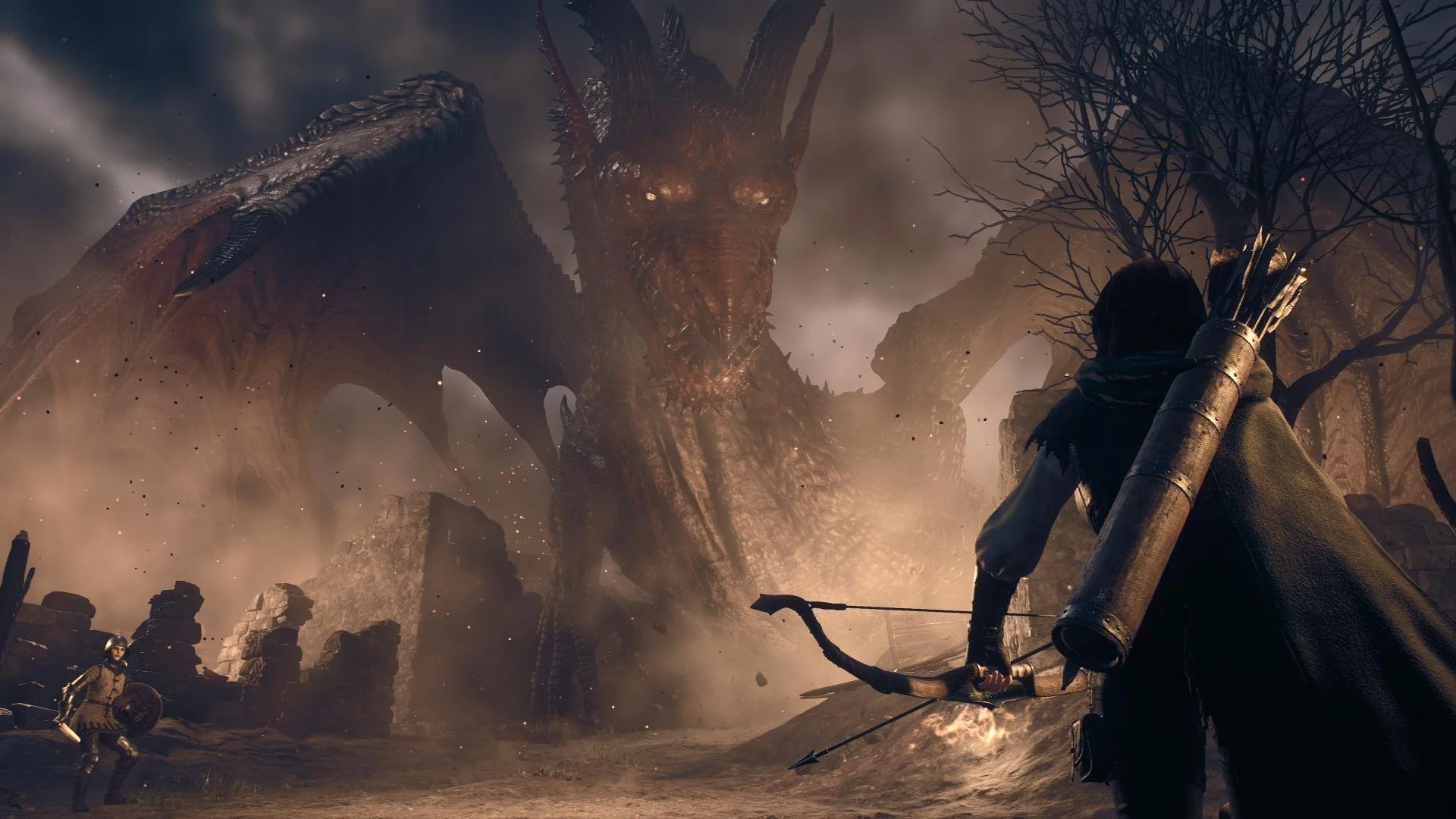
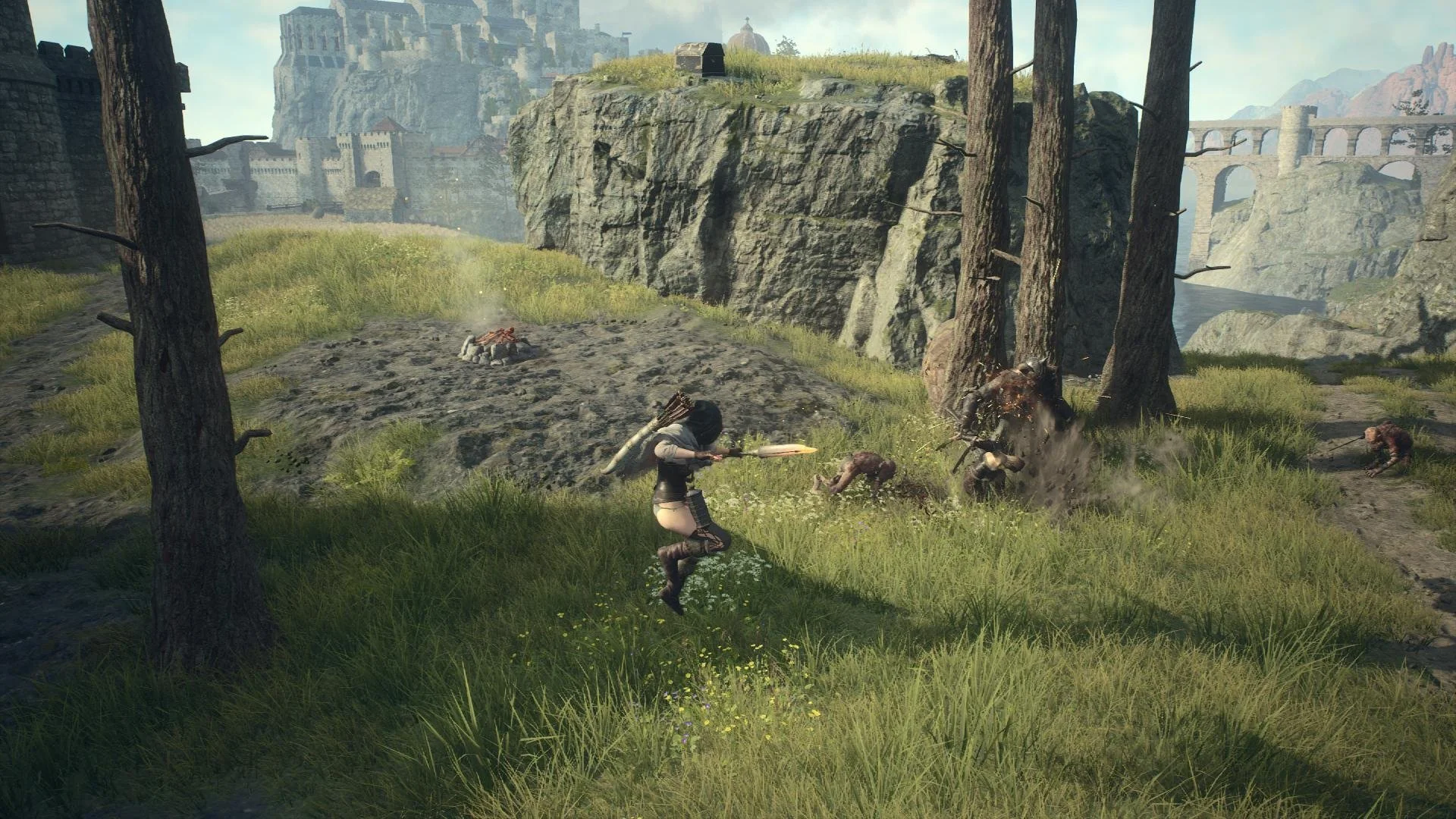

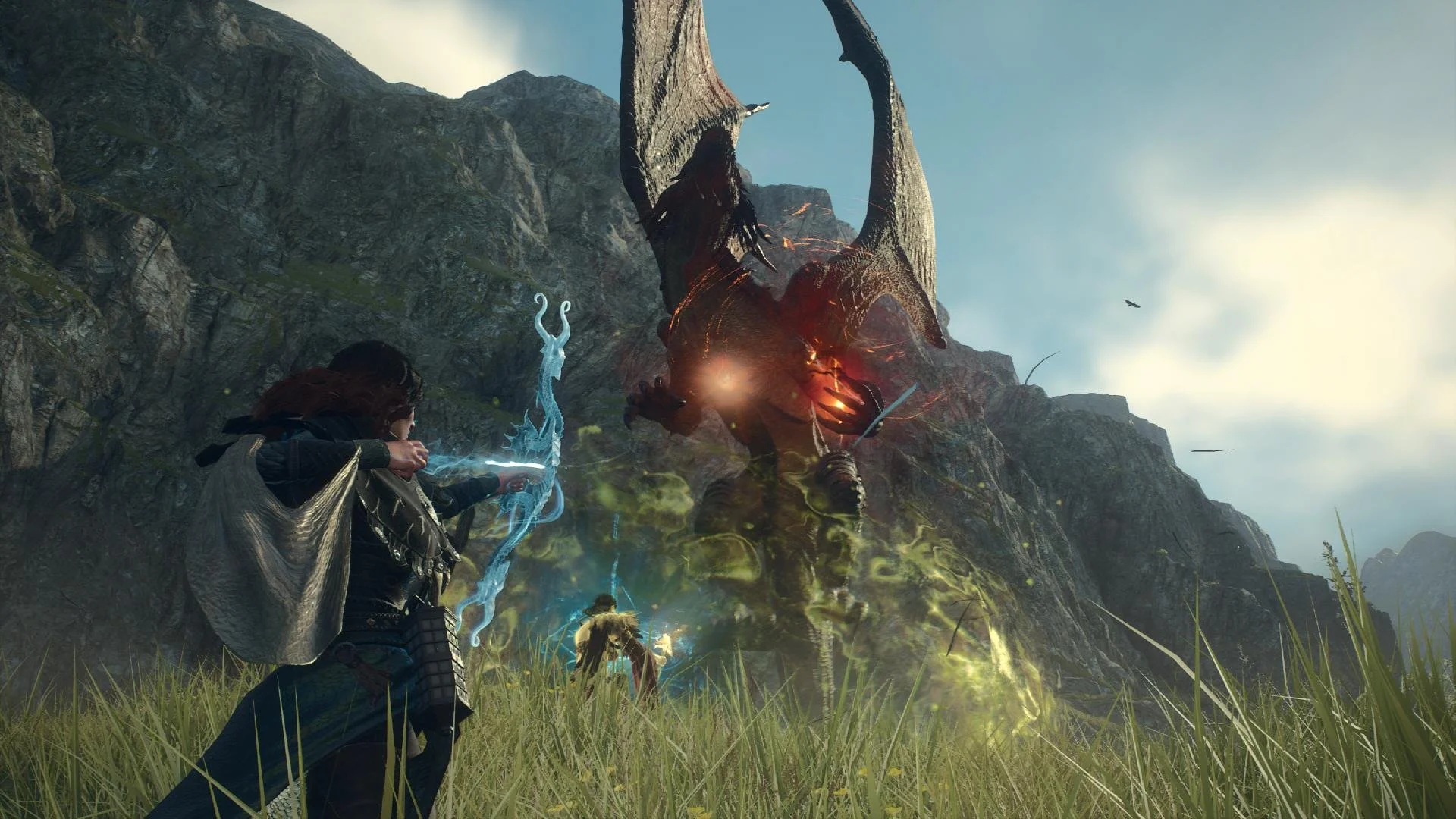

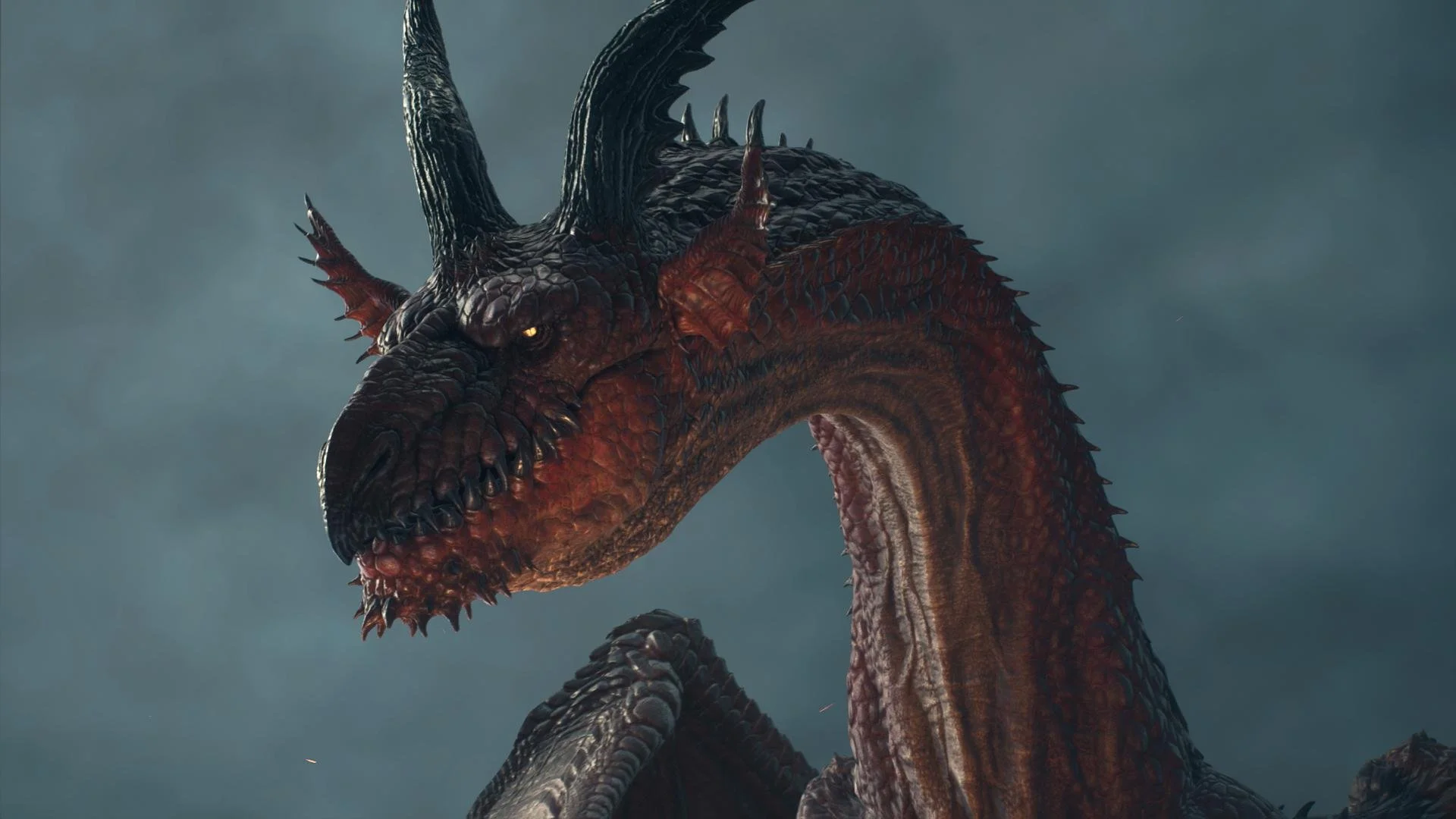



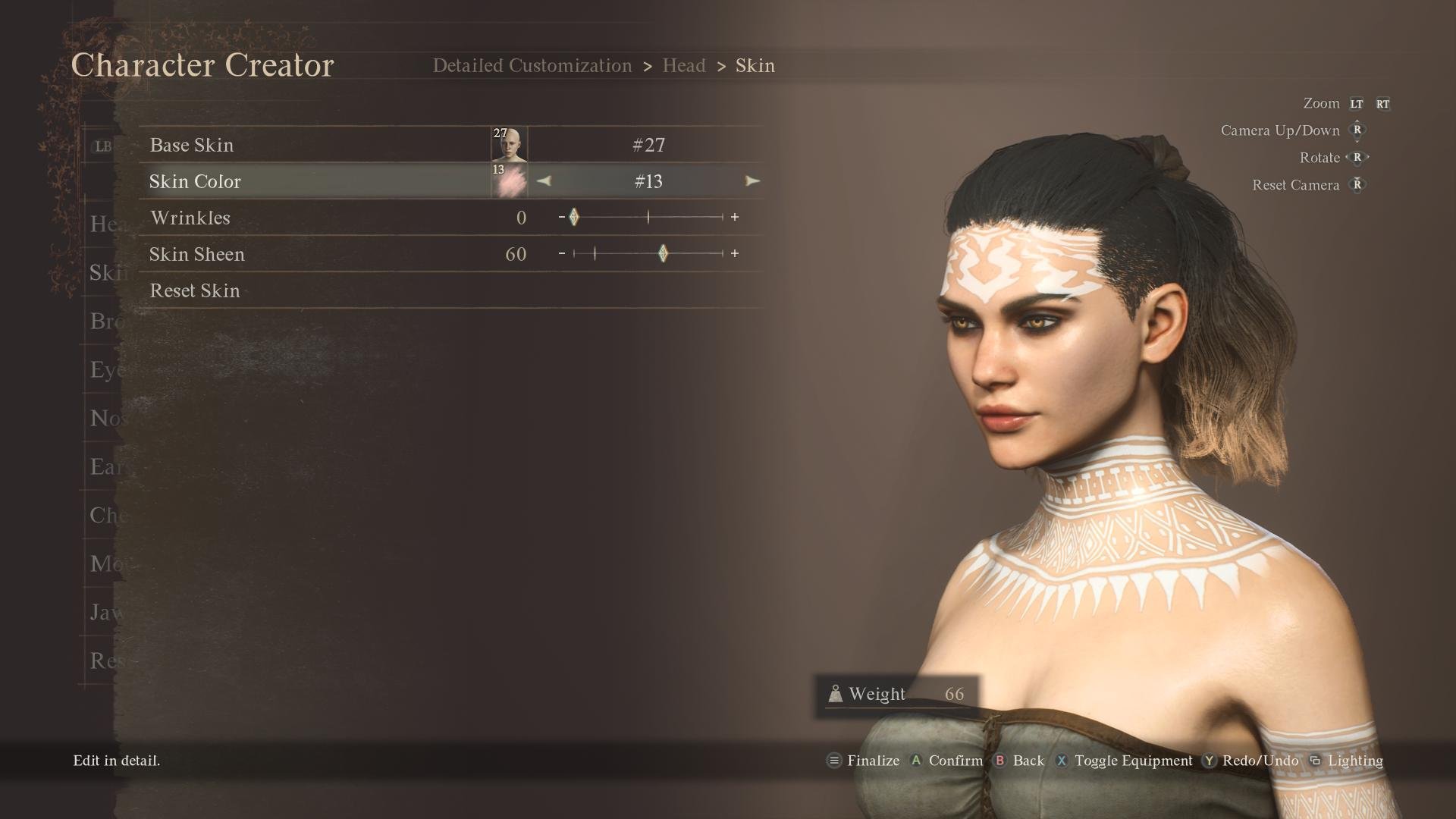







Jeff is the original founder of Analog Stick Gaming. His favorite games include The Witcher III, the Mass Effect Trilogy, Hi-Fi Rush, Stellar Blade, Hellbade: Senua’s Sacrifice, and the Legend of Heroes series, especially Trails of Cold Steel III & IV.